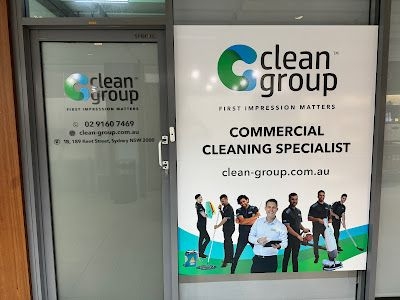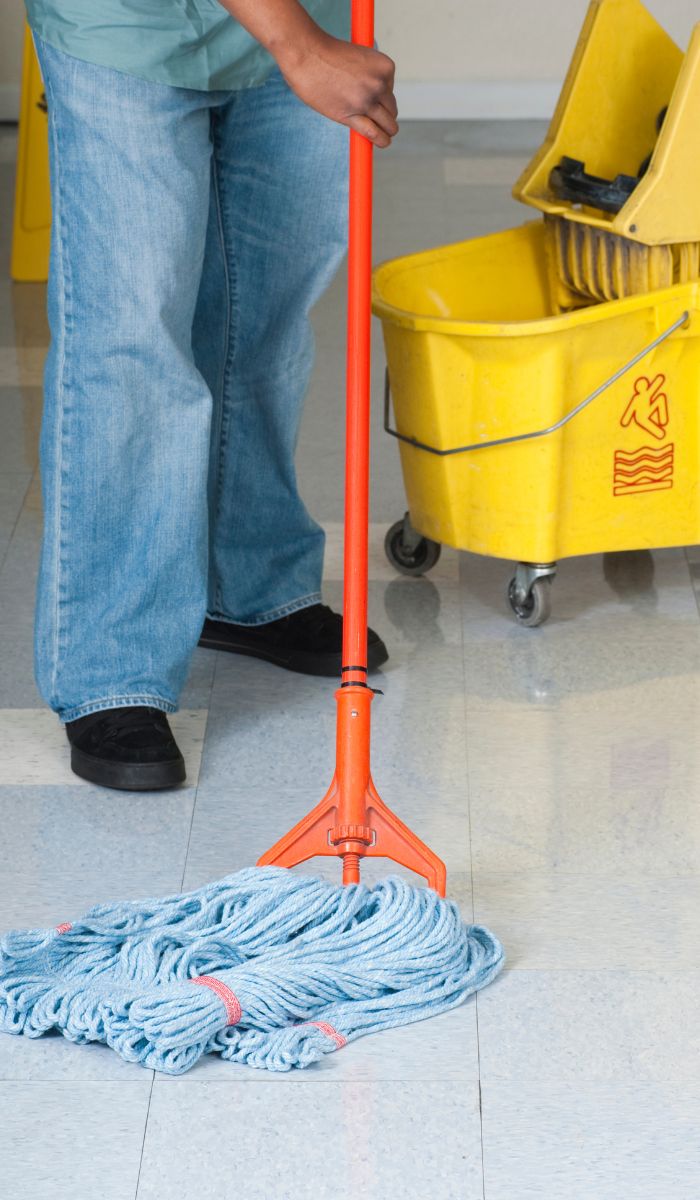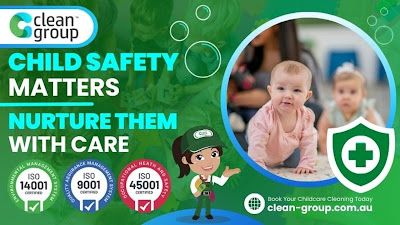
How Do Cleaning Standards Affect Client Satisfaction?
What is the future demand outlook for commercial cleaning services?
In addition to these trends, there is a growing interest in the role of cleaning in contributing to sustainable buildings. The construction and design of green buildings now increasingly includes considerations for how spaces will be maintained. Low-maintenance materials that are easier to clean and disinfect are being incorporated into new construction, while the use of energy-efficient equipment in cleaning processes is being prioritized. For example, energy-efficient steam cleaners, which require less water and electricity, are being used in place of traditional cleaning methods. The integration of sustainable cleaning practices into the broader design and operation of buildings helps reduce the overall environmental impact of the construction industry.
Sustainability is also becoming a key focus in the packaging and distribution of cleaning products. Many companies are adopting refillable packaging and offering products in larger, bulk sizes to reduce the amount of plastic waste produced. Clean Group provides comprehensive and professional Commercial Cleaning Sydney across Sydney, NSW. Our fully insured, trained, and security-verified cleaners ensure your workplace stays spotless and hygienic. Schedule a free onsite quote today—book online or call us at 02 9160 7469. Get your obligation-free commercial cleaning estimate for offices, buildings, and other business spaces in Sydney.. This shift towards more sustainable packaging options not only helps reduce environmental impact but also offers consumers a more cost-effective solution. The move towards sustainability is helping to reshape the cleaning industry, with both companies and consumers becoming more conscious of their ecological footprint and opting for products and services that align with their environmental values.


